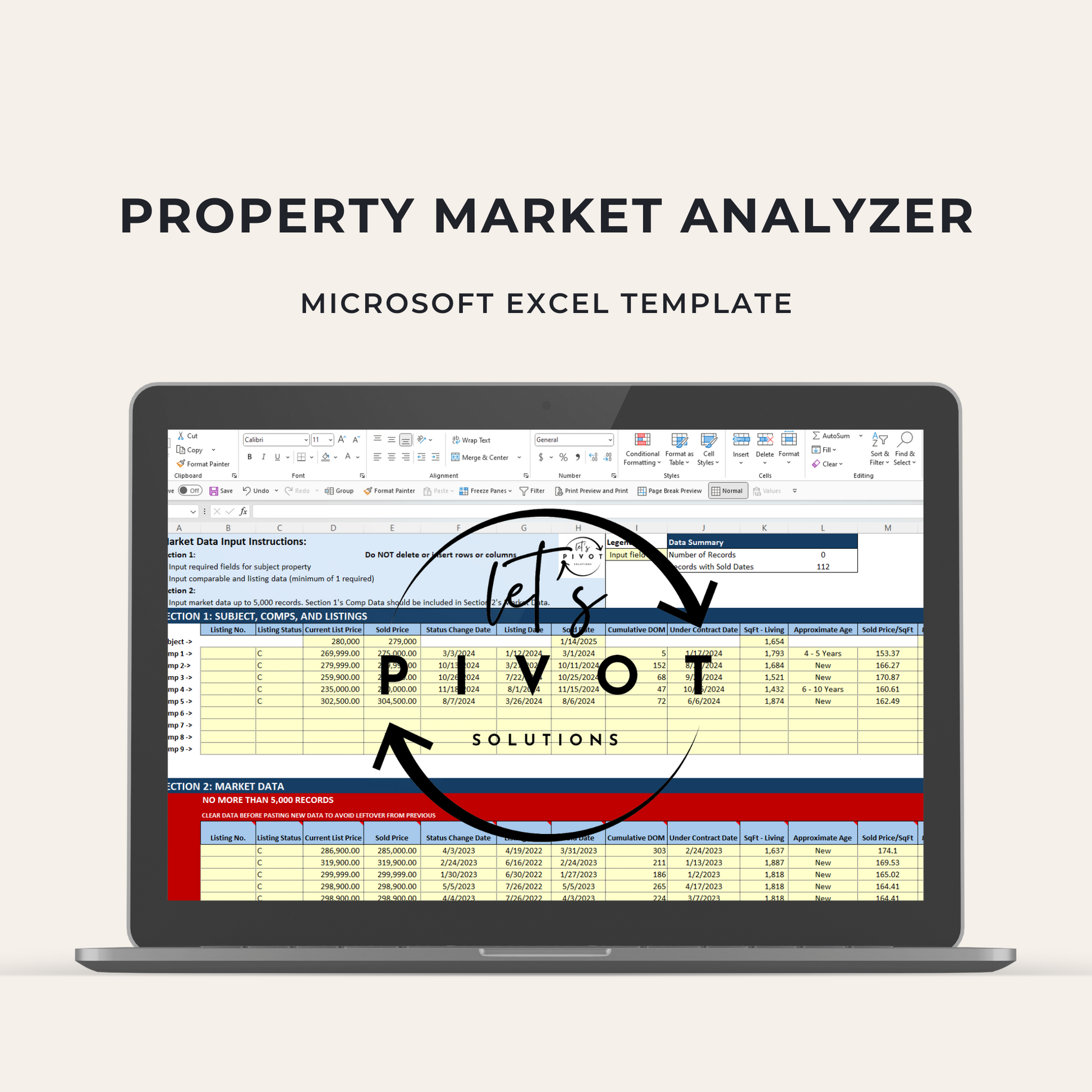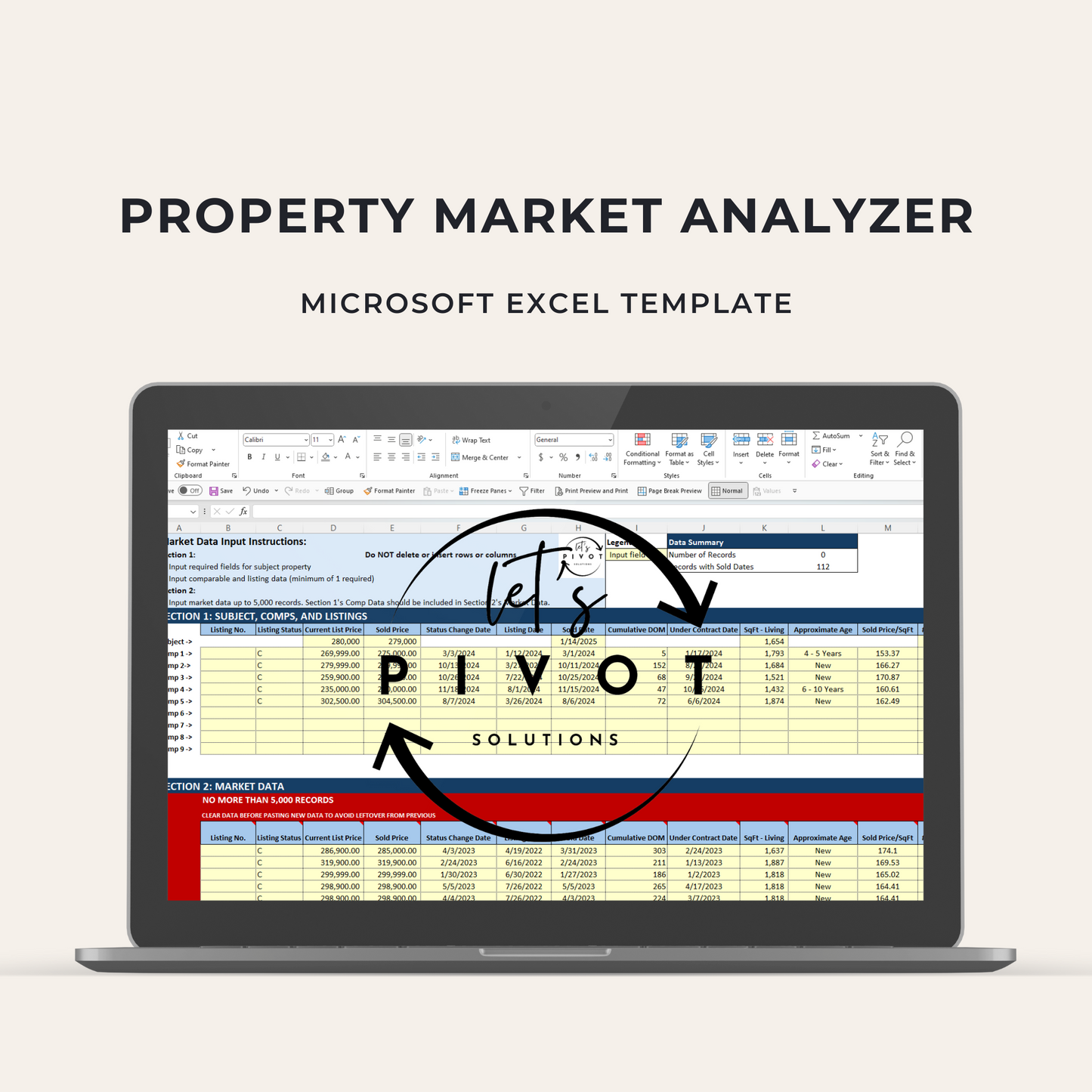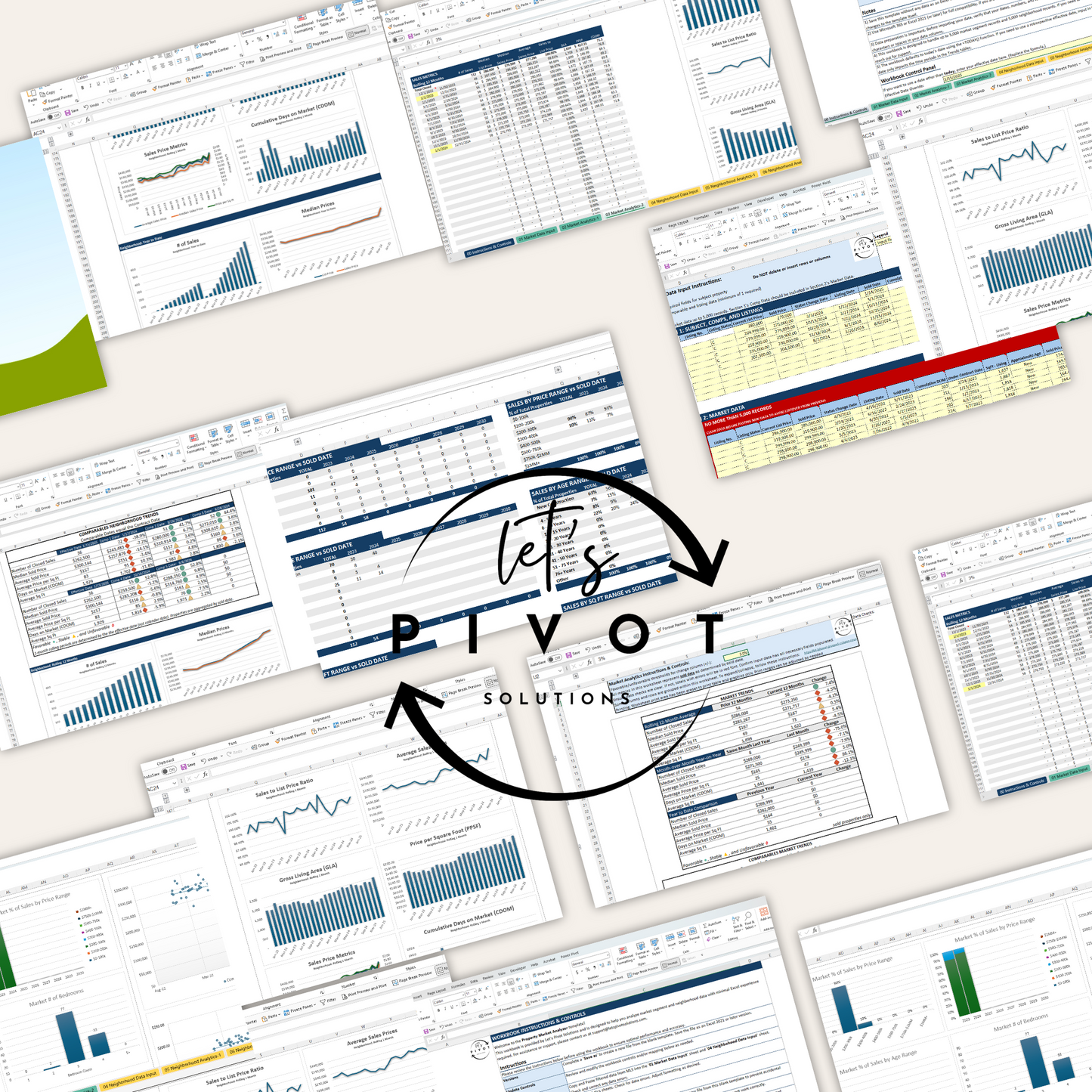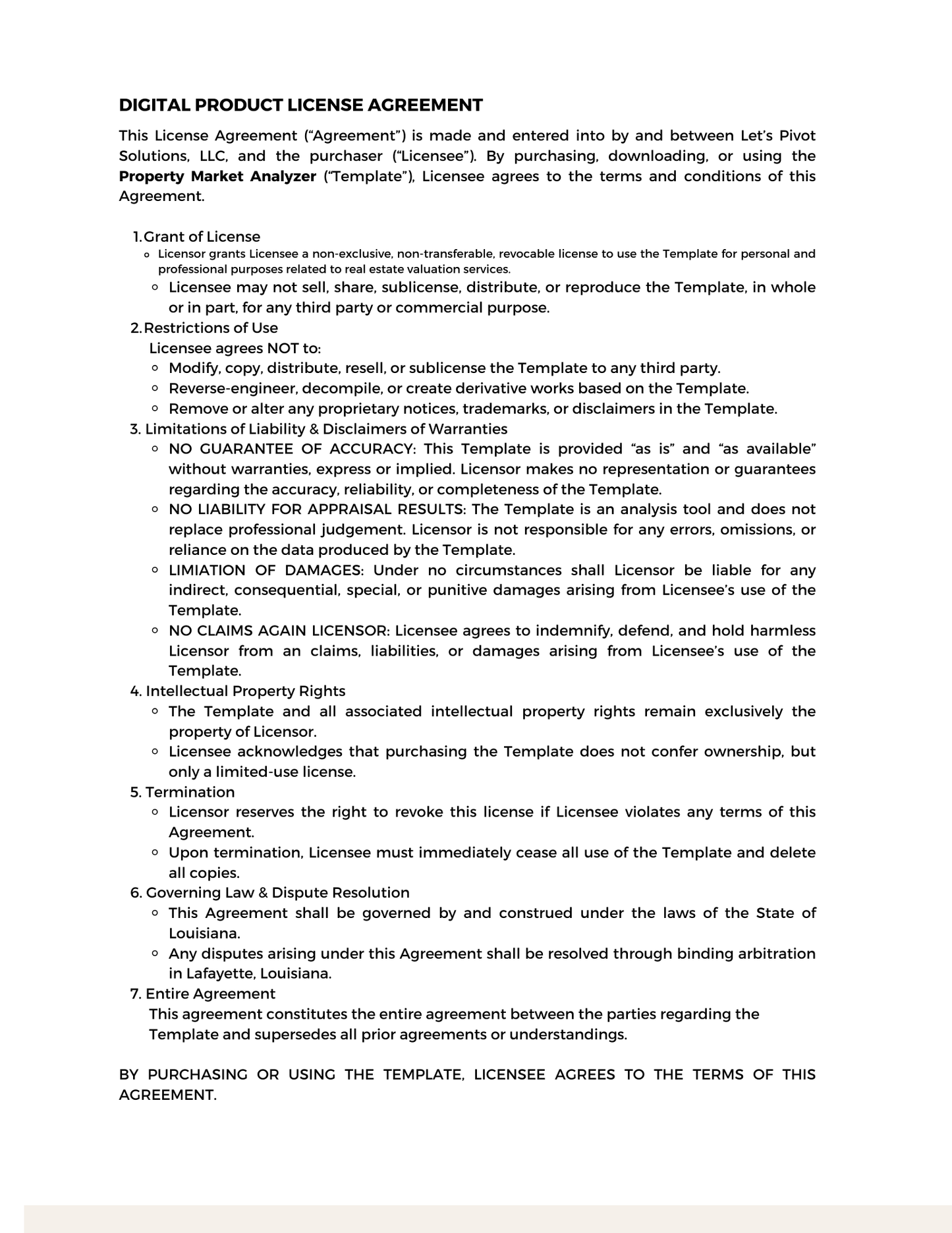
Neighborhood vs. Market Area: Understanding the Difference and Why It Matters for Appraisers
Share
Clearly defining your market areas and neighborhoods are crucial to the accuracy of your real estate market analysis. Recent revisions to Fannie Mae's Selling Guide Announcement have made it more crucial than ever to make a clear distinction between neighborhood and market area. Let's examine these concepts and the reasons that knowing how they differ is crucial to your appraisal process.
Defining Neighborhood vs. Market Area
- Neighborhood: Typically represents the immediate area surrounding a property, often defined by physical boundaries. While some neighborhoods are uniform, with similar properties throughout, others include a mix of home styles, sizes, ages, and amenities. Even within the same neighborhood, distinct market segments can exist, catering to different buyer preferences.
- Market Area (aka “Market Segment”): Possibly a broader geographic region that includes several communities where homes compete for the similar buyers. A market area could include multiple neighborhoods or subdivisions.
Why the Distinction Matters for Appraisers
The significance of making a clear distinction between market areas and neighborhoods is emphasized in the recent Selling Guide Announcement from Fannie Mae. Appraisers are encouraged:
- To choose genuinely competitive comparable sales, examine the larger market area.
- To find and validate market trends, use a minimum of one year's worth of market data.
- Within assessment reports, clearly record the methods, data sources, and justifications for temporal adjustments and market trends.
High-Quality Data is Crucial
Regardless of the tools you use, one principle remains constant: the quality of your data determines the reliability of your appraisal results. Misidentifying neighborhood and market areas or improperly selecting comparables can lead to inaccuracies and undermine report credibility.
Best Practices to Prepare for These Requirements
To ensure compliance and improve report quality:
- Clearly define your Neighborhood and Market Area in each report.
- Use consistent criteria, to the extent possible, for selecting comparables within your market area.
- Document your methodology, data sources, and rationale clearly in your appraisal reports.
Accurate and well-supported data selection not only meets Fannie Mae’s requirements but also streamlines your appraisal workflow and enhances the professionalism of your reports.
Turn Better Data into Better Appraisals
At Let’s Pivot Solutions, we understand that reliable appraisals start with exceptional data management. Our tools are built to help appraisers efficiently analyze data, supporting appraisals aligned with the latest industry standards.
Ready to Elevate Your Appraisal Workflow?
Discover our suite of easy-to-use Property Market Analyzer template that simplify market analysis and align with Fannie Mae’s latest guidance. Visit Let's Pivot Solutions and see how simple it can be to meet compliance requirements and enhance your appraisal practice.







